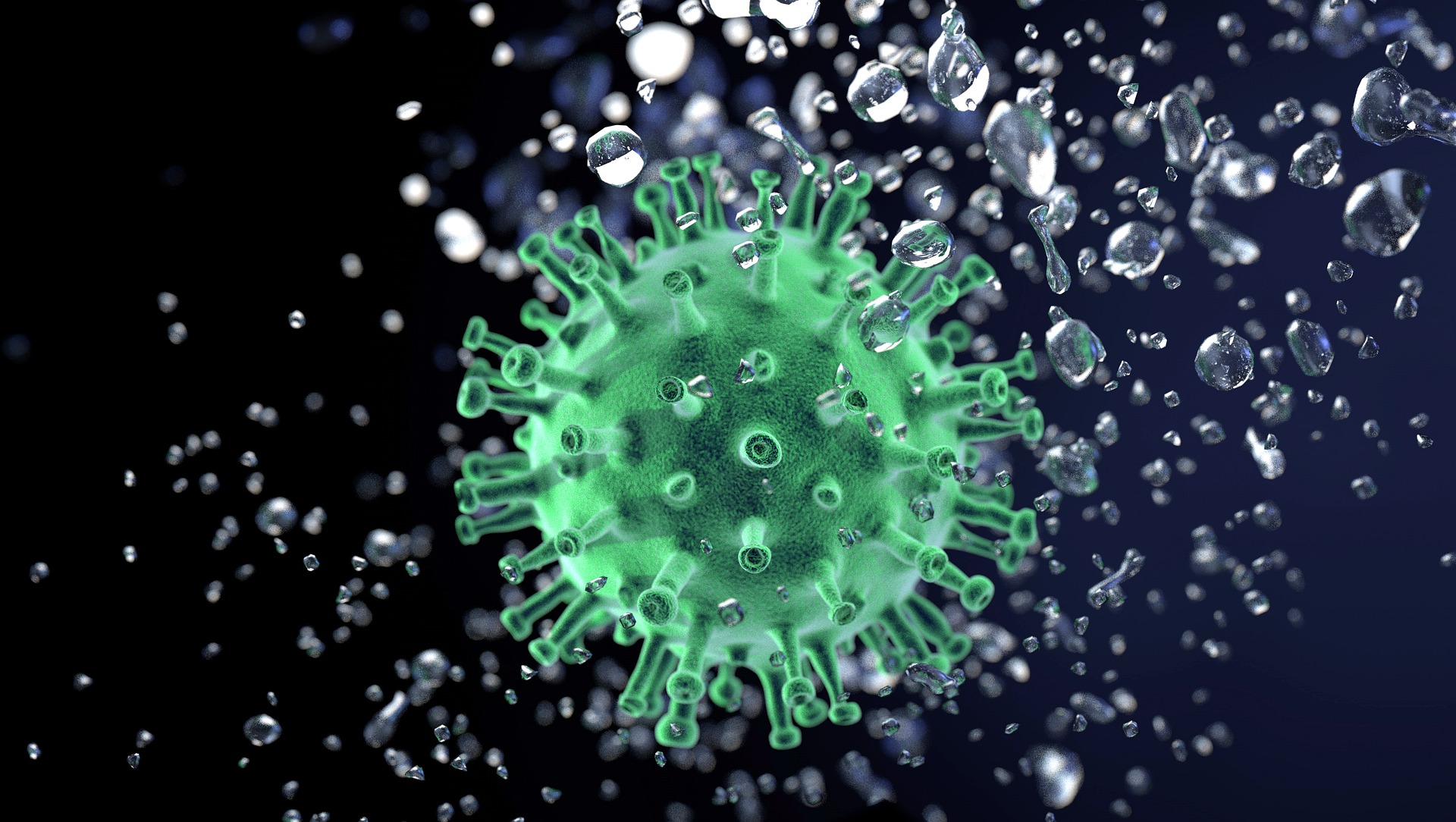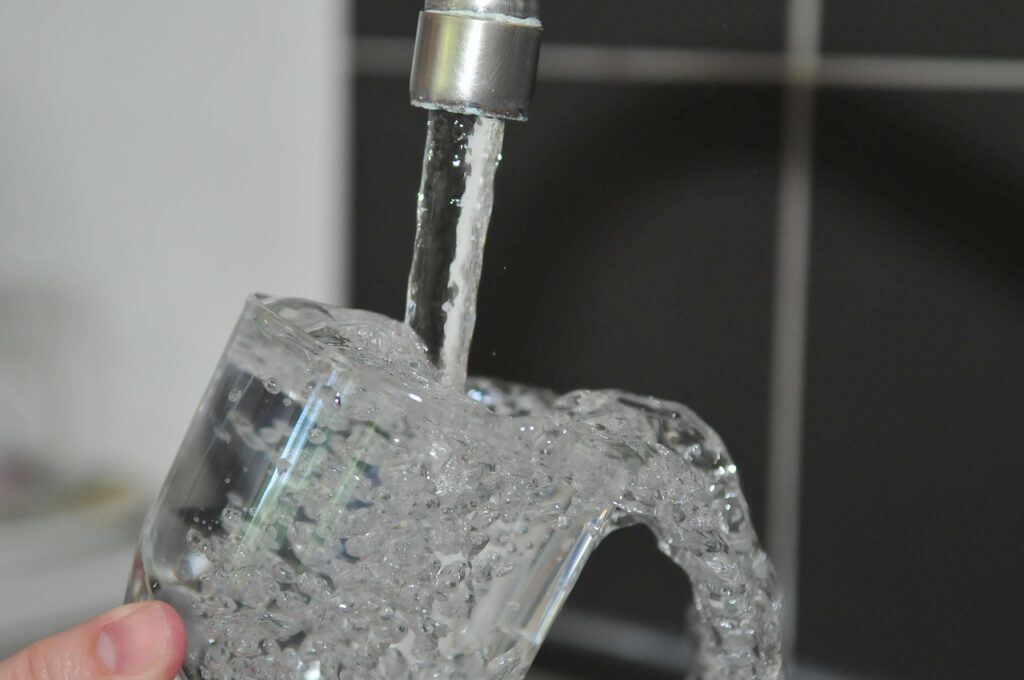A study now suggests that not only singing or coughing produce many dangerous aerosols – the same is true for simply talking.
A conversation without a mask – in Corona times it can be a danger
A conversation without a mask – in Corona times, that can mean danger
Aerosols play a crucial role in the spread of the Sars-CoV-2 pathogen. They are created when people breathe, cough, sneeze – but also when they talk or sing. And they carry the virus, so to speak, helping it to spread. Larger droplets do not make it very far, which is the reason for spacing rules. But smaller particles can remain in the air for hours if there is no ventilation. This is problematic indoors.
There are now some calculators on the net that interested people can use to estimate the corona risk in such situations. One of them, for example, comes from the Max Planck Institute for Chemistry in Mainz and the Cyprus Institute.
A new calculator has now been presented by a team led by fluid mechanic Pedro Magalhães de Oliveira from the University of Cambridge in the UK in the scientific journal “Proceedings of the Royal Society A”. The research work provides an interesting insight: Talking to an infected person could be as problematic as coughing into the room air because of the aerosols emitted in the process.
Filter or ventilate?
Specifically, researchers simulated that 30 seconds of speech produces significantly more aerosols under five micrometers than a short cough. This also means more infectious material reaches people in the vicinity – enough, according to the simulation, to actually trigger a corona infection. The team concludes that distance alone, in the absence of ventilation, is not enough to provide safety during long exposure periods. Instead, the combination of measures already known is needed: “You need masks, you need distance, and you need good ventilation so that these particles don’t accumulate in an indoor environment and they are safely removed,” de Oliveira said in the Guardian.
“Very important point to consider”
Speaking is a “very important point that needs to be taken into account” because it creates much finer particles than coughing, de Oliveira said. Whether contagion actually occurs, however, depends on many factors, several of which can be set in the calculator: How large is the area of the room in question? How high is it? How often is the air exchanged? How many people are in the room and for how long? What masks do they wear?
An example: a store with an area of 250 square meters is open from 7 a.m. to 8 p.m., and a maximum of 50 customers are allowed to shop at the same time. They have all washed their hands, observe the distance rules and wear a simple cloth mask. If there is statistically one sick person in the store at a time, the risk of infection depends massively on the ventilation:
If the air is renewed once an hour, as the researchers assume for living rooms, a person would have an estimated probability of about 2.7 percent of contracting the coronavirus after two hours. If air is replaced three times an hour, as is assumed for offices and schools, the risk drops to about 1.6 percent. With good ventilation (air is exchanged five times per hour), the risk drops to around 1.1 percent.
The calculator can also be used to simulate the effect of wearing surgical masks or FFP2 masks instead of simple fabric masks, for example, as is now becoming mandatory in supermarkets and public transport in Austria. Of course, it is important to note that such calculations are always based on certain assumptions, such as a comparatively high viral load in this specific case. Also, the new corona mutants have not yet been taken into account. These are considered to be significantly more infectious than the previous virus variants. In principle, however, calculators like the one used by de Oliveira and his colleagues can help to estimate the effect of certain measures.
— source: derspiegel.de/picture: pixabay.com
This post has already been read 1404 times!



